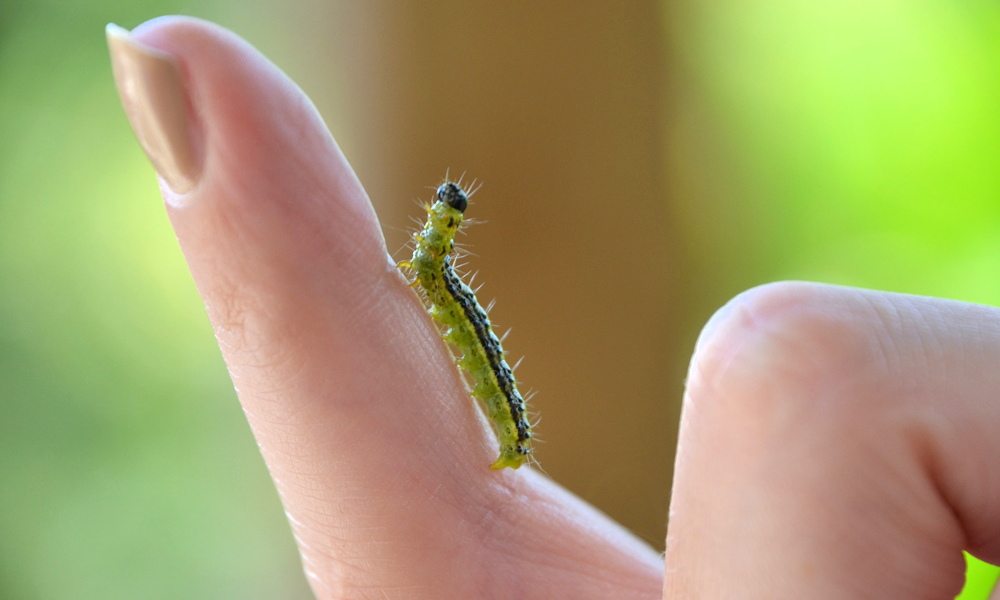In the tranquil world of gardening, a silent war is raging – a battle between the dedicated gardeners and an insidious foe: the box tree moth caterpillar. Once heralded as a symbol of elegance and permanence in gardens, boxwood plants (Buxus) are now facing a dire threat to their existence. In recent years, the onslaught of Cydalima perspectalis caterpillars has left many gardeners reeling, as these voracious pests strip the foliage from their beloved boxwoods in a matter of days.

The Silent Invasion; Nature’s Arsenal
The box tree moth, with its insatiable appetite and rapid reproduction cycle, has emerged as a formidable adversary, leaving gardeners grappling for solutions to protect their cherished greenery. Compounding the challenge is the reluctance of many gardeners to resort to chemical pesticides, preferring to embrace more environmentally friendly alternatives.

Strategies of Defense
So, what can gardeners do in the face of this existential threat to their boxwood plants?
One option is to deploy biological controls, such as introducing natural predators of the box tree moth into the garden ecosystem. Parasitic wasps, for instance, can help keep moth populations in check by preying on their eggs and larvae. While this approach may take time to yield results, it offers a sustainable and pesticide-free means of managing the pest problem.

Vigilance and Intervention
Additionally, cultural practices can play a pivotal role in mitigating the impact of box tree moth infestations. Regular monitoring of plants for signs of caterpillar activity, such as chewed foliage and silk webbing, allows gardeners to intervene early and implement control measures before the damage becomes severe. Pruning infested branches and removing caterpillars by hand can help prevent further spread of the pests within the garden.

Strength in Diversity
Furthermore, promoting biodiversity within the garden can bolster its resilience to pest infestations. Planting a diverse array of species alongside boxwoods can create a more complex and balanced ecosystem, reducing the vulnerability of monoculture plantings to pest outbreaks.

The Last Stand
For those gardeners who are open to chemical intervention as a last resort, there are insecticidal options available that specifically target box tree moths while minimizing harm to beneficial insects and other wildlife. However, it’s essential to exercise caution and follow label instructions carefully to ensure the safe and responsible use of these products.

A Battle of Wills
In the face of this relentless onslaught, the fate of boxwood plants hangs in the balance. But with vigilance, creativity and a commitment to sustainable gardening practices, gardeners can tip the scales in their favor in this high-stakes showdown with the box tree moth. As the battle rages on, one thing is clear – the resilience of the human spirit, coupled with a deep reverence for the natural world, will ultimately determine who emerges victorious in this epic struggle for survival.












